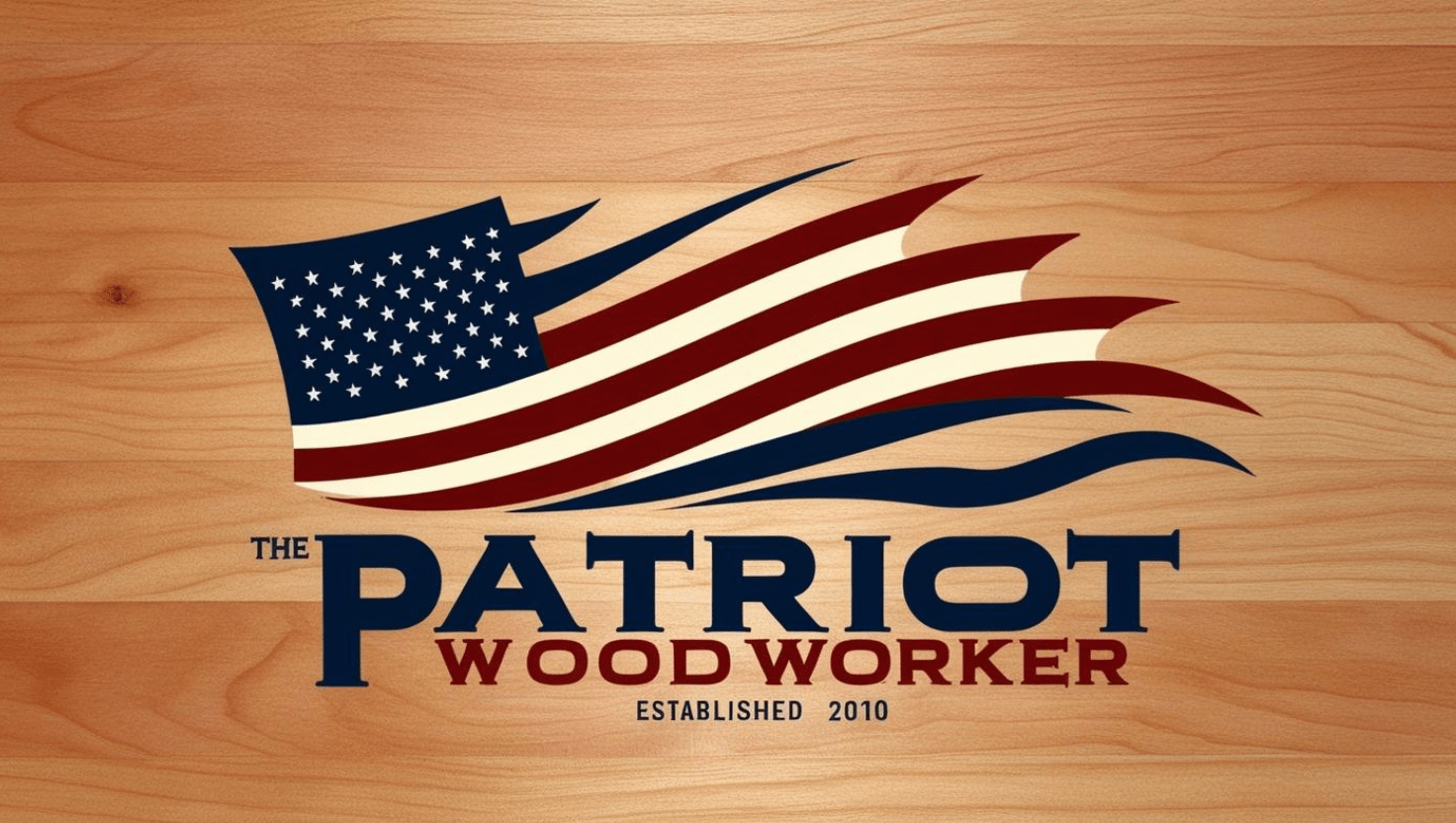Search the Community
Showing results for tags 'tenon saw'.
-
I purchased this saw a bit back from a local flea market. It was labeled as a small tenon saw. When I bought it, it was filed crosscut. I am heavily influenced by Paul Sellers. I will be forever grateful to him, as I have always wanted to work wood with hand tools, but he was the first person I ever saw who explained and demonstrated the techniques in a way in which my brain said, "Hey, I can do that". Most of what I know I learned from him, and the rest, where i differ is ways I have learned that suit the way I think better. Sellers is an advocate of rip saws when it comes to joinery saws, however, i have seen him use a carcass saw that I'm pretty sure is filed cross, I can't prove that, though. I think he advocates rip because it is easy to resharpen for a beginner, but I think in practice he diverges a bit. I said all of that because it is relevant to the topic at hand. Up until now, all of my joinery saws have been rip, and they have worked well for me, so i filed this one rip as well. But in daily use i began to wonder, "Why in the heck do I need three separate joinery saws filed rip?" I'm a voracious consumer of any media involving hand tool woodworking I can find, so i know that traditionally joinery saws were both ripcut and crosscut, So i decided to convert this saw to crosscut, and so far I'm glad i did. It wasn't easy, though. If you look at the saw sharpening videos on Youtube you will usually see these guys demonstrate passing a file through the teeth about twice and calling them good. Okay, Billy Bob. I literally had to sharpen this saw about 5 times until I got it where it was cutting to my satisfaction. The conclusion I've come to is that they are sharpening saws whose teeth are already in good condition; this one needed much more work. The handle is a bit blocky and does not fit my hand all that well, so in future I will most likely alter it a bit. The saw as far as I know holds no value as a collector or a piece of history. There are no maker's marks, branding, nor anything else. It's just an average saw for the average man, so I'm not worried that this average woodworker is going to ruin anything by altering it to fit my hand better. All in all, I'm glad i hung in there and got it right.
-
From the album: Shaker Furniture
I rotated the arm and cut the other side (shoulders I guess you could say, but since it's a round tenon, what is it really?) -
Was dropped off real early this morning, hadn't even finished my 1st Mountain Dew of the day! Big padded envelope. item was stretch-wrapped to a large sheet of cardboard. Finally dug it out of all the packing, and hauled it to the shop. Not the prettiest thing on the block. Plate is just a hair under 14" long. Might have to work on the handle a bit, seems a bit chunky? Back is blued, steel bolts, no place for a medallion. No etch, either. Got out a scrap of white oak, just to see how it does cut....as a rip saw.. Full depth, nice and straight, did NOT need any wax on the plate. Tried a few more cuts, maybe try to make a tenon? This shows the first two cuts, and the third inprogress. Those little squares in the wood? Was trying a couple of these out. Managed to accumalate a few mortise chisels....anyway, got the fourth cut done, laid the scrap over, and cut the shoulders.. That scrap WAS 1/2" thick, by 2" wide. Not too hateful? Now, about this here chunky handle.. thinking about firing up the bandsaw, and trimming the back edge a bit, so it isn't so wide. Maybe a round-over as well. has a Sandvik flavour to it, don't it. $5.99 + S&H....not too bad....





.thumb.jpg.573d1497d0675219908c85aabefd797a.jpg)
.jpg.7c346cffa9922ff1be696a580817f9fe.jpg)

